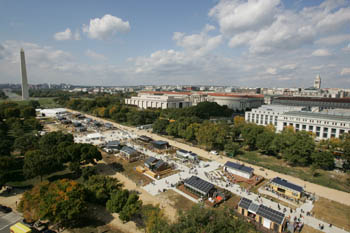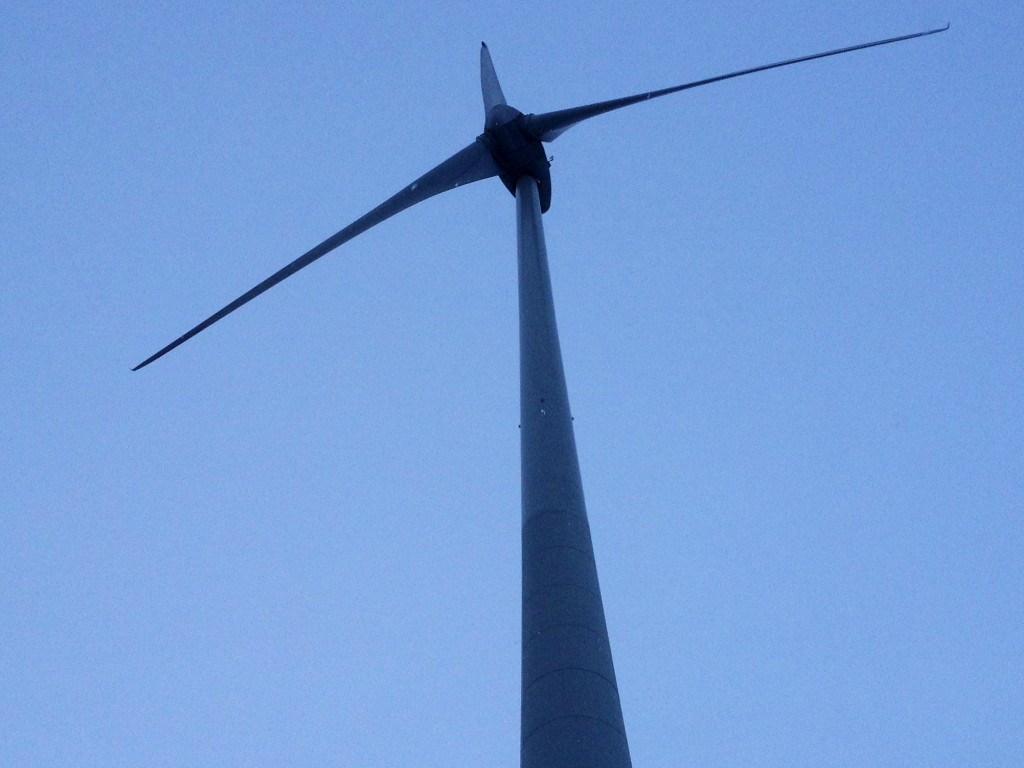Search Results for Tag: technology
Exploring the North – rare earths crucial for renewable energy
Below the Scandinavian snow cover, there are even more resources (apart from ice) that make the North special. Mining is a big deal in this region, especially in Sweden. From copper, iron ore to gold, the country is rich in minerals and metals – in fact, it is the largest mining region in Europe. So it’s not that surprising to find some real precious treasures in the Swedish ground – rare earths. They are not only important for smartphone chips and laptop processors, but also play a crucial role in renewable energy technology and thus in energy transition, helping the world to emit less CO2.
These non-renewable resources for renewable energy technology have strange names – dysprosium can be found in magnets that are used to run generators in wind power stations. Ytterbium is used for tubes in reactor technology, neodymium is important for the engines of electro- and hybrid-cars. Terbium can in turn be found in semiconductors important for building solar cells.
They are all found in Norra Karr and Olserum, two (potential) mining sites in Sweden. They are owned by the Canadian mining company Tasmet, which has applied for permission to mine in Norra Karr and is exploring the site in Olserum. Both are the only (so far known) sites in the European Union, where rare earths can be found. So far, the largest producer is China – producing 97 percent of the world’s rare earths in 2009. These metals are used all around the world and demand is projected to rise from 130,000 tons per year in 2012 to 186,000 tons in 2015. One already senses where problems might arise.
At the end of 2010, China restricted export of rare earths for the first time, putting the EU’s energy strategy at risk. What’s more, car manufacturers such as General Motors or Toyota searched for (and claimed to nearly have found) alternatives to become more independant. But so far, there don’t not seem to be alternatives that are feasible on a large scale. Which is why, even small deposits are still lucrative to mine and researchers are keen on finding new ways of mining.
Now you might think this isn’t my problem but rather that of big manufacturers. Well, you are almost right. We all have small earth desposits in old computers, TV monitors and outdated mobile telephones stored in our cellars and attics. Aware of possible shortages of the metals, the electronics industry is aiming to develop feasible recycling methods for rare earths that are still not in place.
So, if some day we do have these proper recycling methods in place, keep your attic-treasures in mind…they just might contribute to something big:
Solar Competition

Every 2 years, the U.S. Department of Energy hosts the Solar Decathalon in Washington D.C. It’s an international event where 20 different collegiate teams compete to see who can build the coolest, most energy-efficient, most stylish solar-powered home. As you can imagine, the students who take part are really inventive and creative, and the competition always boasts spectacular projects.
The New York Times already featured one team’s house, called the Empowerhouse, a ”shoebox-shaped mystery building.

The structure was put together in New Jersey by a team of students from the area using a combination of architecture, design, and green technology. The coolest thing? The house not only looks good, but it produces as much electricity as it uses every year – so a zero-emissions home.
But Empowerhouse is just one of the interesting designs being featured at this year’s Solar Decathalon competition. You can check out all the latest pictures and news, including news of the big winner when the competition ends, here.
May the best house win!
Oldies but Goodies

Ecovelocity is the biggest eco-motor show in the UK and it showcases a variety of environmentally-friendly makeovers. Basically, it focuses on how to give old cars a fresh, green look to bring them up to date with modern style and the latest clean technology for cars.
So if you want to upgrade to an environmentally-friendly car for the roads, the low-carbon motor show proves that you don’t have to spend a lot of money to get what you want. The show runs from Septemer 8th – 11th in a former coal-fired power station called Battersea Power Station in London.
Saving Green Technology

Recycling has become part of everyday life in many parts of the world, but that usually means recycling things like plastics, glass and paper. We often forget to recycle valuable materials that we actually really need, like metals. A new report from the UN says less than one third of the earth’s metals have a recycling rate more than 50%.
That creates a big–and ironic–problem: the green technology we want to invest in for the future depends on those materials, so if we don’t do a better job recycling them, we might not have enough to produce the clean energy we want. The metals used in semi-conductors, LED lights, hybrid car batteries or magnets in wind turbines are all precious materials that are disappearing fast.
The message from the European Environment Agency is clear: improve the recycling rates. So how can we do a better job recycling important metals? Tell us what you think!






Feedback